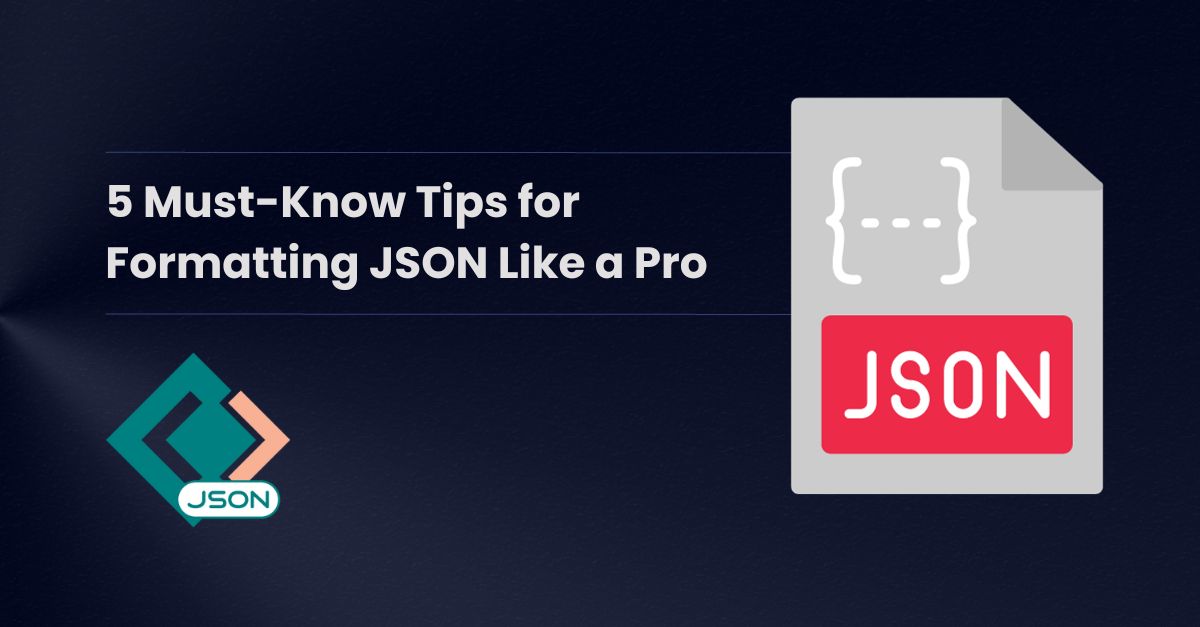JSON (JavaScript Object Notation) has become the go-to format for data exchange between servers and web applications. Its simplicity and readability make it a favorite among developers. However, even the most experienced coders can run into challenges when formatting JSON data. In this blog post, we’ll cover five essential tips that will help you format JSON like a pro. And if you’re looking for a tool to make this process even easier, check out our Online JSON Editor.
Understanding JSON Syntax
The first step in mastering JSON formatting is to understand its syntax. JSON uses a straightforward structure that includes objects, arrays, keys, and values. Familiarize yourself with how these elements work together to form a well-structured JSON file.
{
"name": "John",
"age": 30,
"city": "New York"
}
Use Proper Indentation
Indentation is crucial for readability, especially when you’re dealing with nested objects or arrays. A well-indented JSON file can be easily understood, not just by you but by anyone else who might be reading or working on it.
{
"employees": [
{
"firstName": "John",
"lastName": "Doe"
},
{
"firstName": "Anna",
"lastName": "Smith"
}
]
}
Validate Before You Save
Before saving your JSON file, it’s essential to validate it to ensure there are no errors. A single misplaced comma or bracket can break the entire file. Our Online JSON Editor comes with a built-in validation feature that can save you from potential headaches.
Leverage Comments Wisely
While JSON doesn’t natively support comments, you can use workarounds like adding an unused key-value pair to insert comments. This can be helpful for adding context or explaining complex sections of your JSON file.
{
"_comment": "Employee details",
"employees": [
{
"firstName": "John",
"lastName": "Doe"
}
]
}
Minification and Beautification
Minification and beautification are two techniques that can make your JSON files more efficient. Minification removes all unnecessary characters, making the file size smaller. Beautification does the opposite, adding spaces and indentation for better readability. Both can be easily done using our Online JSON Editor.
Conclusion
Formatting JSON doesn’t have to be a daunting task. By understanding its syntax, using proper indentation, validating your files, leveraging comments, and utilizing minification and beautification, you can become a pro at JSON formatting. For a seamless experience, don’t forget to use our Online JSON Editor that comes with all these features and more.

Leave a Reply